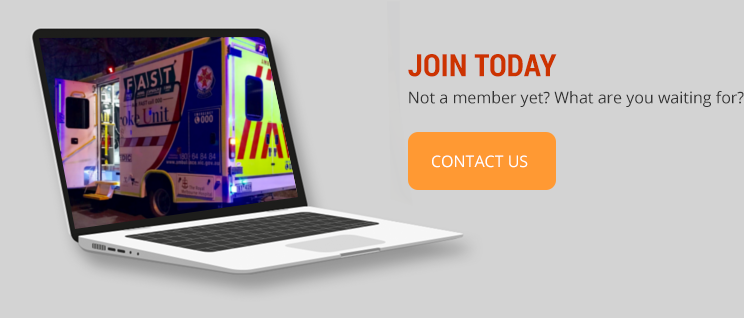
Mobile stroke units have great potential in both urban and rural settings. The exact application of MSUs in a particular setting will depend upon many factors, including but not limited to population density, geography, climate, local EMS protocols, and hospital relationships.
To date, most MSUs have been developed in urban settings. These generally operate with codispatch of both standard EMS and the MSU if the dispatcher through their algorithm identifies a situation of a possible stroke. EMS teams typically arrive first, due to many units being distributed around the city, and will assess the patient utilizing a pre-hospital scale. Once arriving on scene, if stroke is suspected, the MSU team assumes care of the patient for assessment and management. Following initial management, including tPA if indicated, a decision regarding triage and drop-off destination will be made. Many urban environments have multiple hospitals and hospital systems, having different capabilities in caring for stroke patients (i.e. comprehensive vs. primary stroke centers, ET-capable centers, neurosurgery capable hospitals). Before launching a MSU program, triage algorithms should be established taking into consideration diagnosis of the patient, severity, patient preference and possibly other factors depending on region, laws and regulations.
The MSU model can also be applied to the rural setting. The University of Saarland program operates in the city of Homburg and also services the surrounding countryside of the Saarland. Though the population density is less than a dense metropolitan area, significant reductions in time to decision can be made. Stroke severity is a major determinant for triage, allowing severe patients to be transported to the major university center, while less severely affected patients can remain at their local hospital. The program at the University of Alberta will cover a large rural region, utilizing a rendez-vous model. The MSU will travel out to meet the incoming ambulance and initiate treatment, which should result in significant time savings. This rendezvous approach has also been applied to urban areas close to the periphery of the MSUs direct response area, effectively increasing the service areas of these units.
The majority of MSUs presently utilize physician presence on board the MSU to deliver care. However, it is also feasible to have virtual presence of the neurovascular specialist via telemedicine. As the MSU concept continues to develop in various environments, the use of telemedicine will likely be an important factor when considering its cost-effectiveness and widespread application